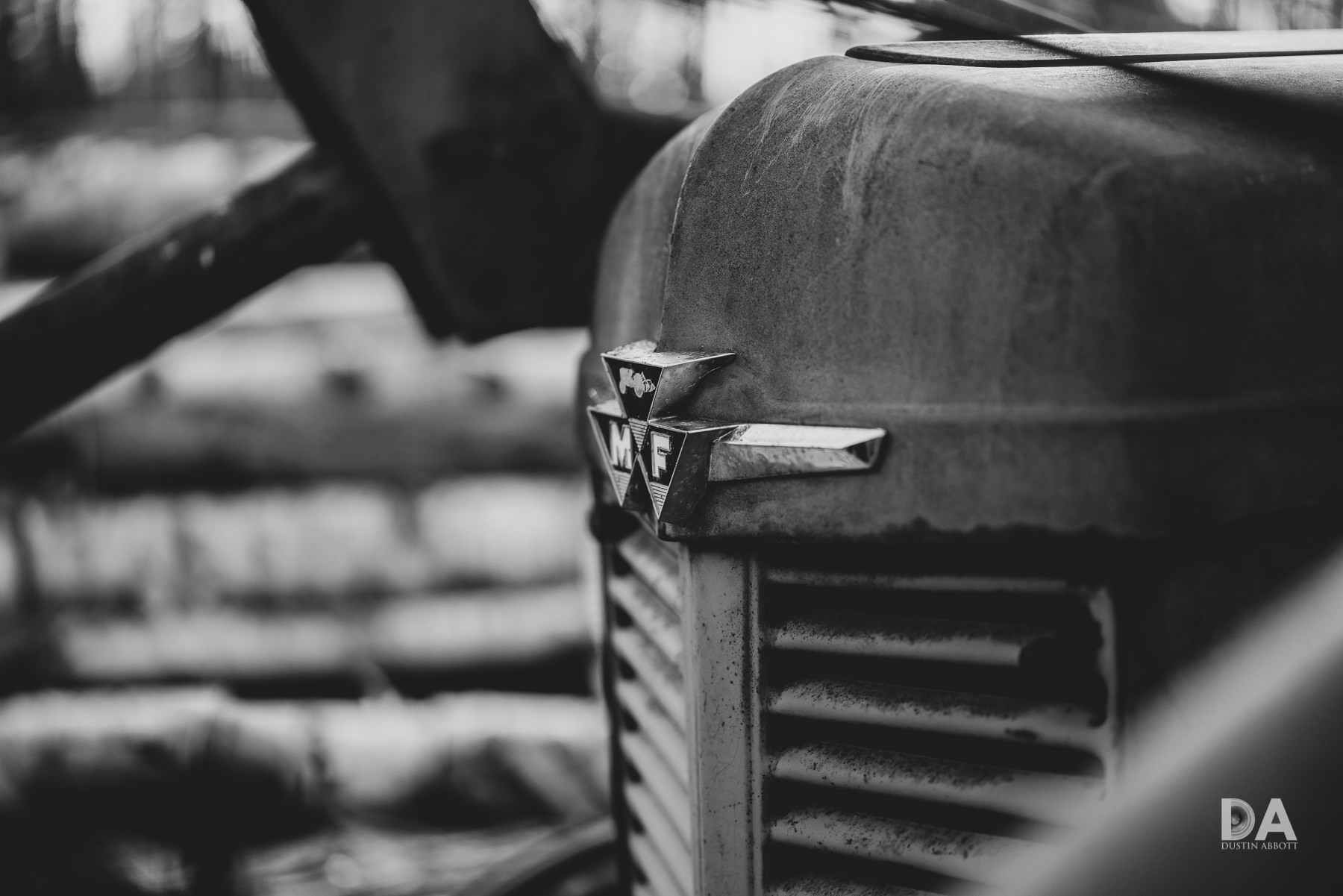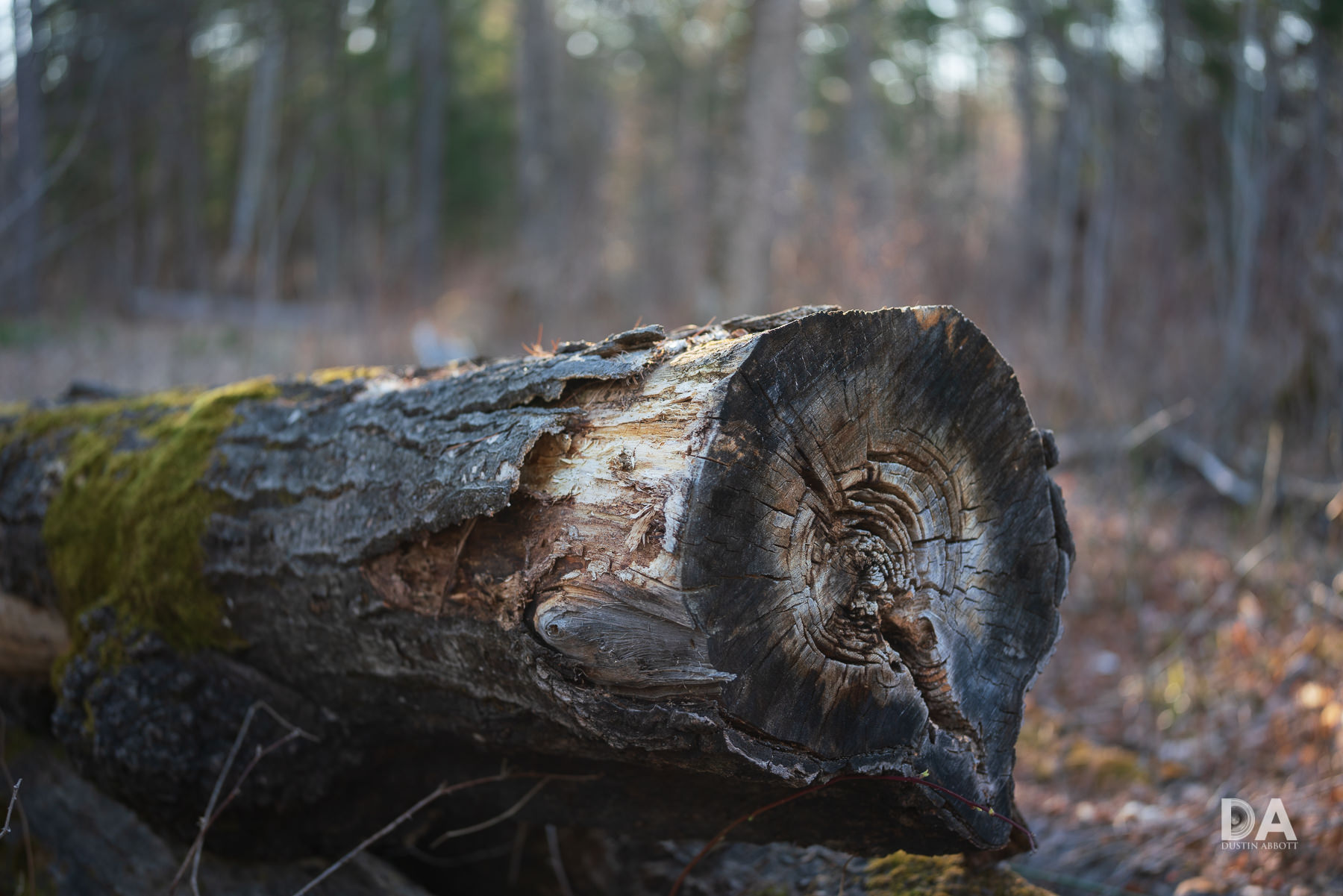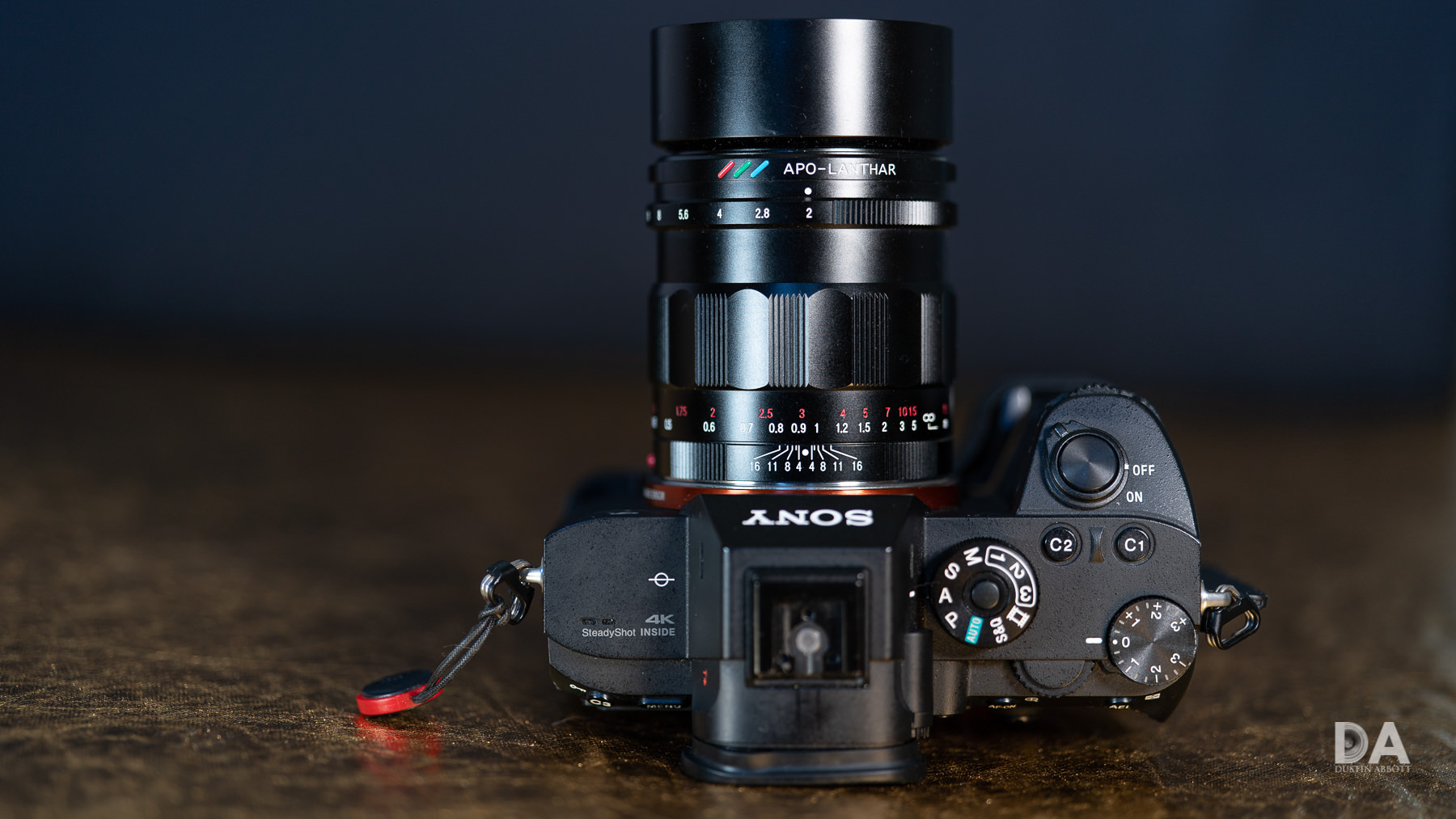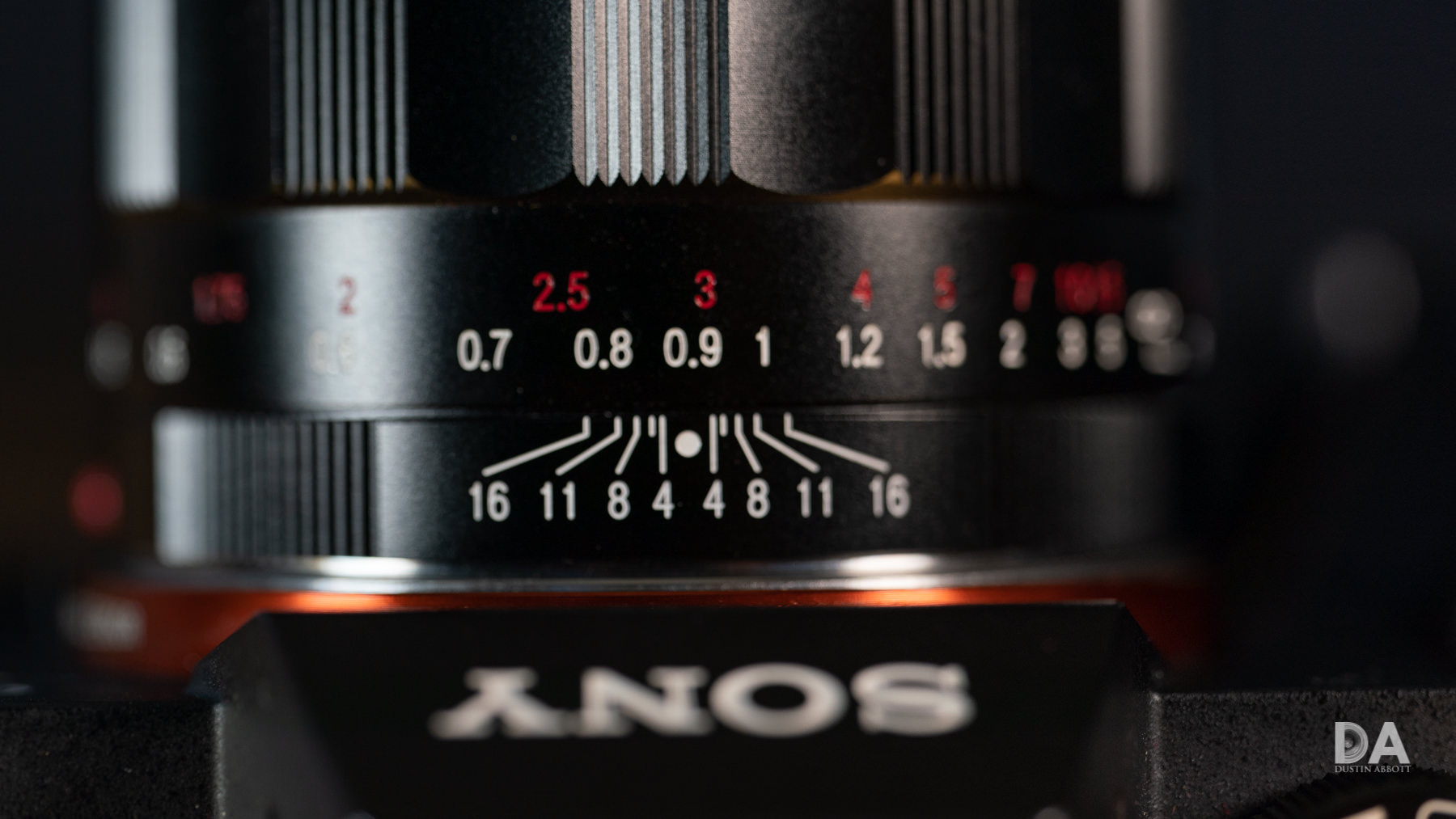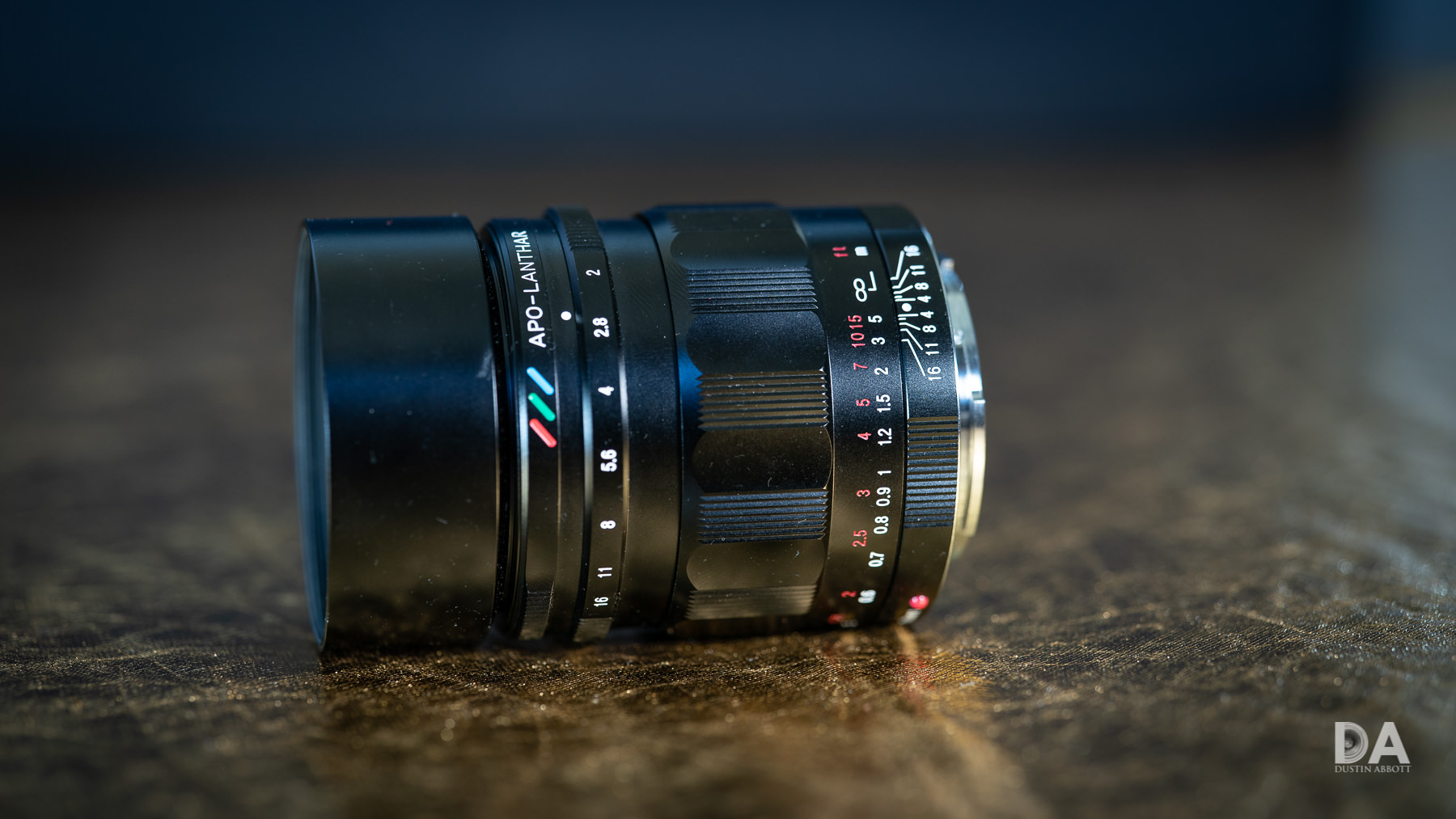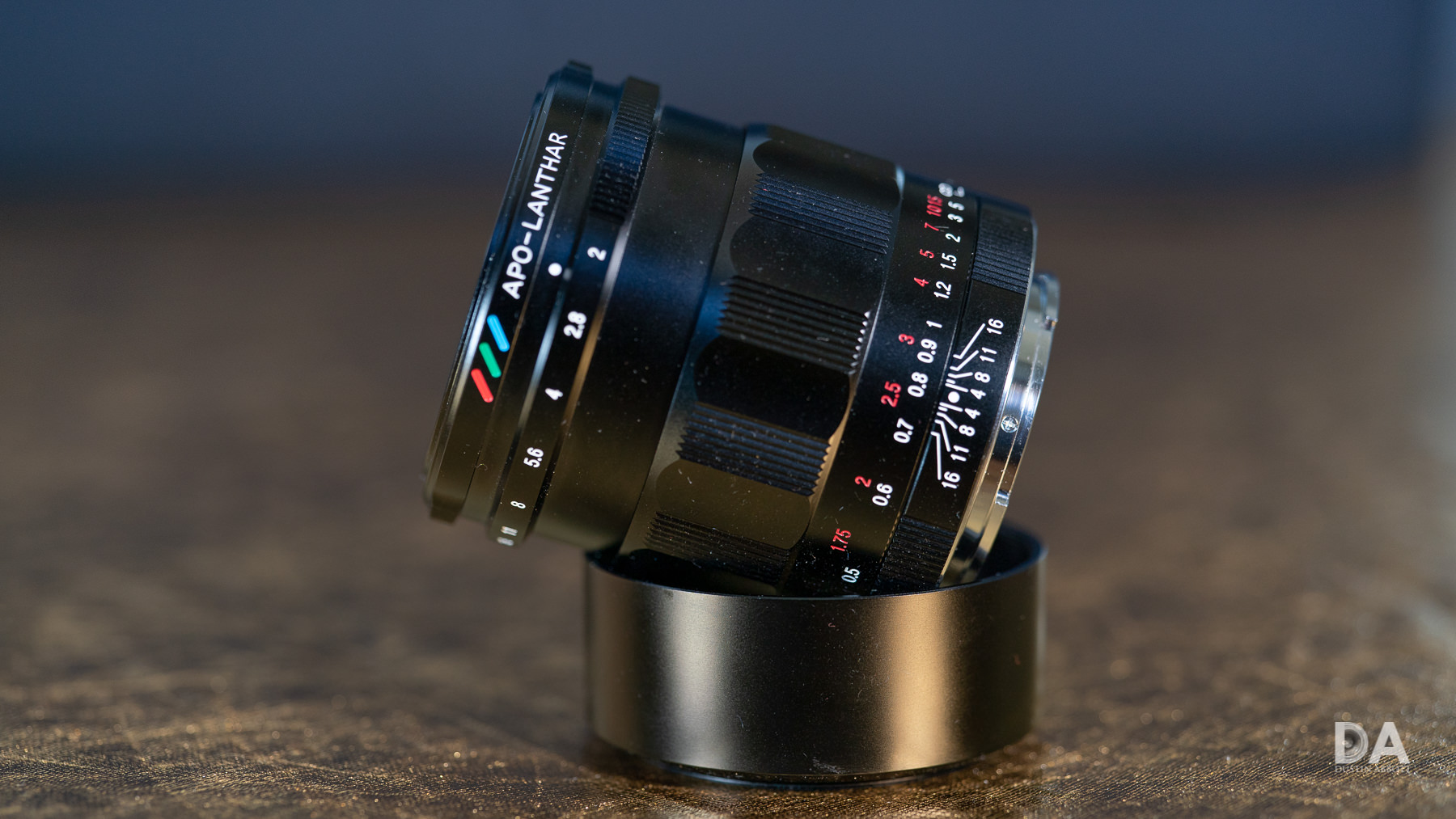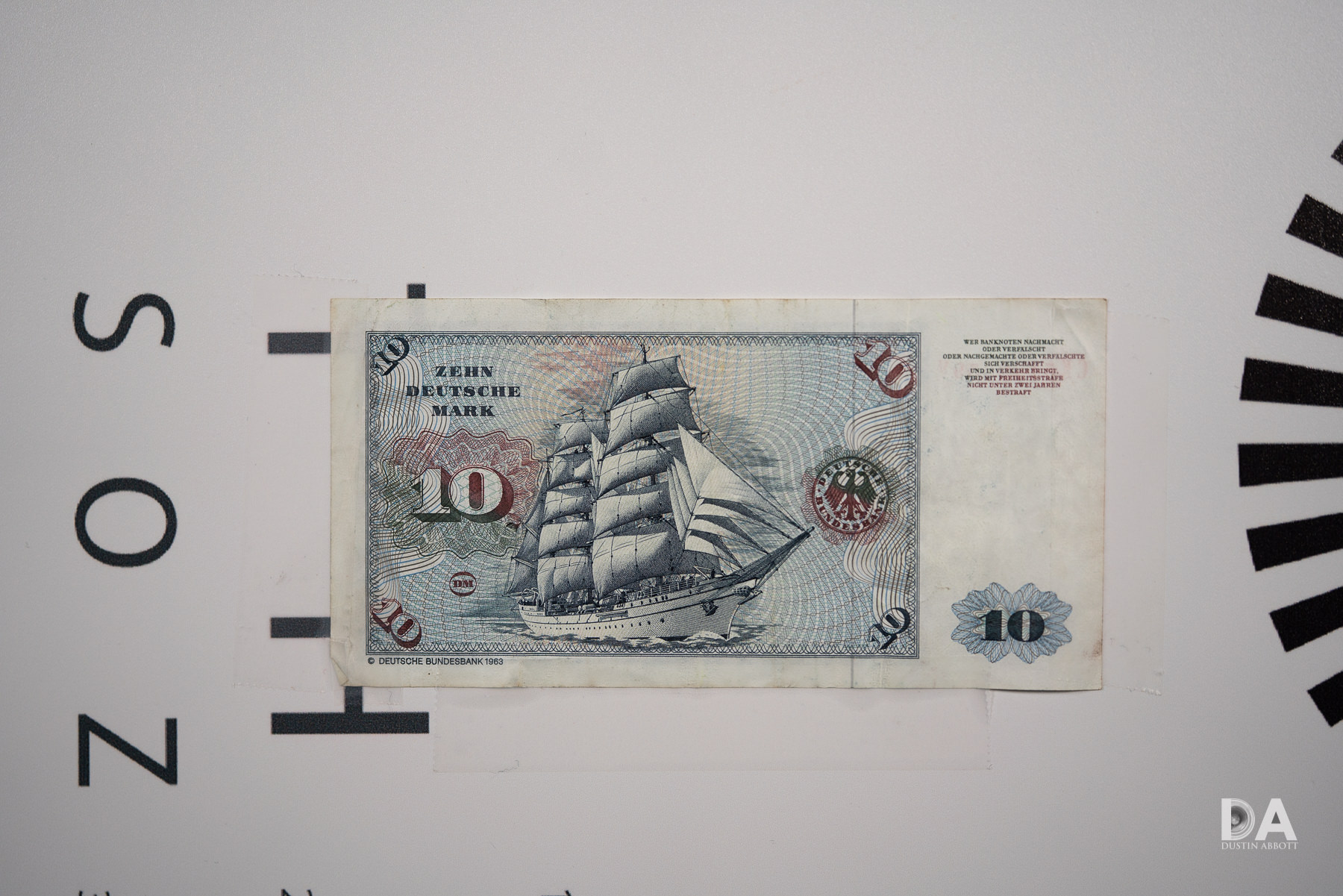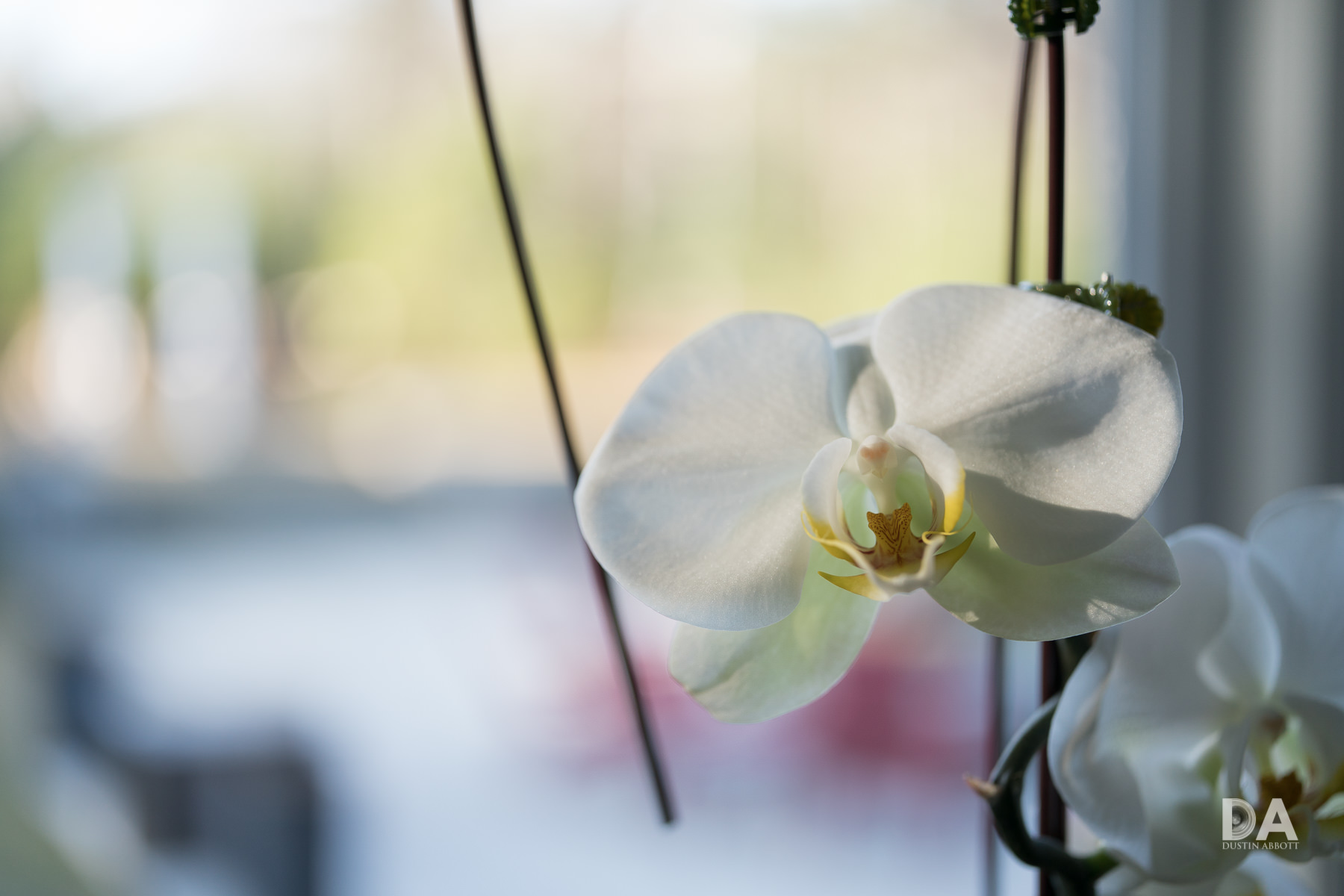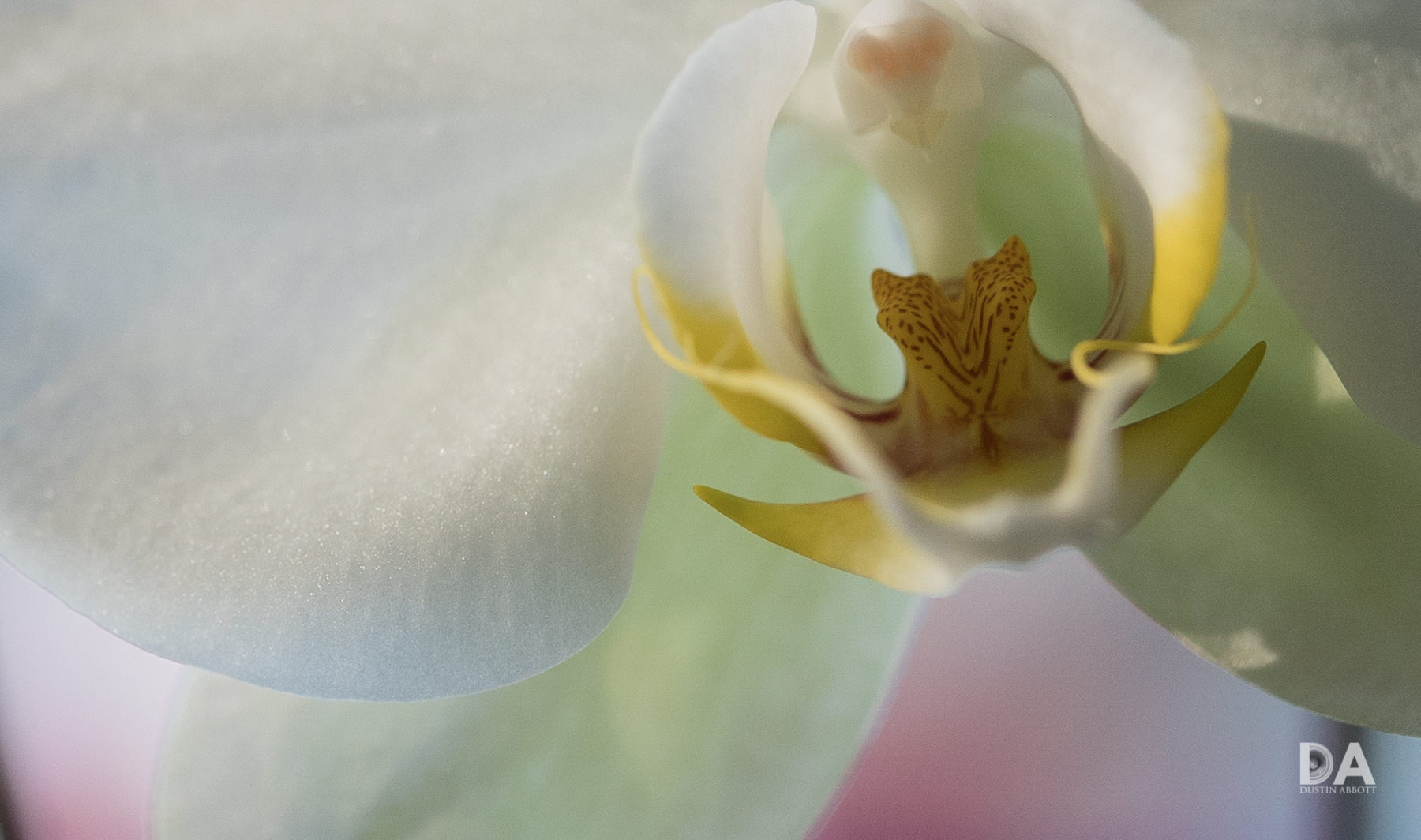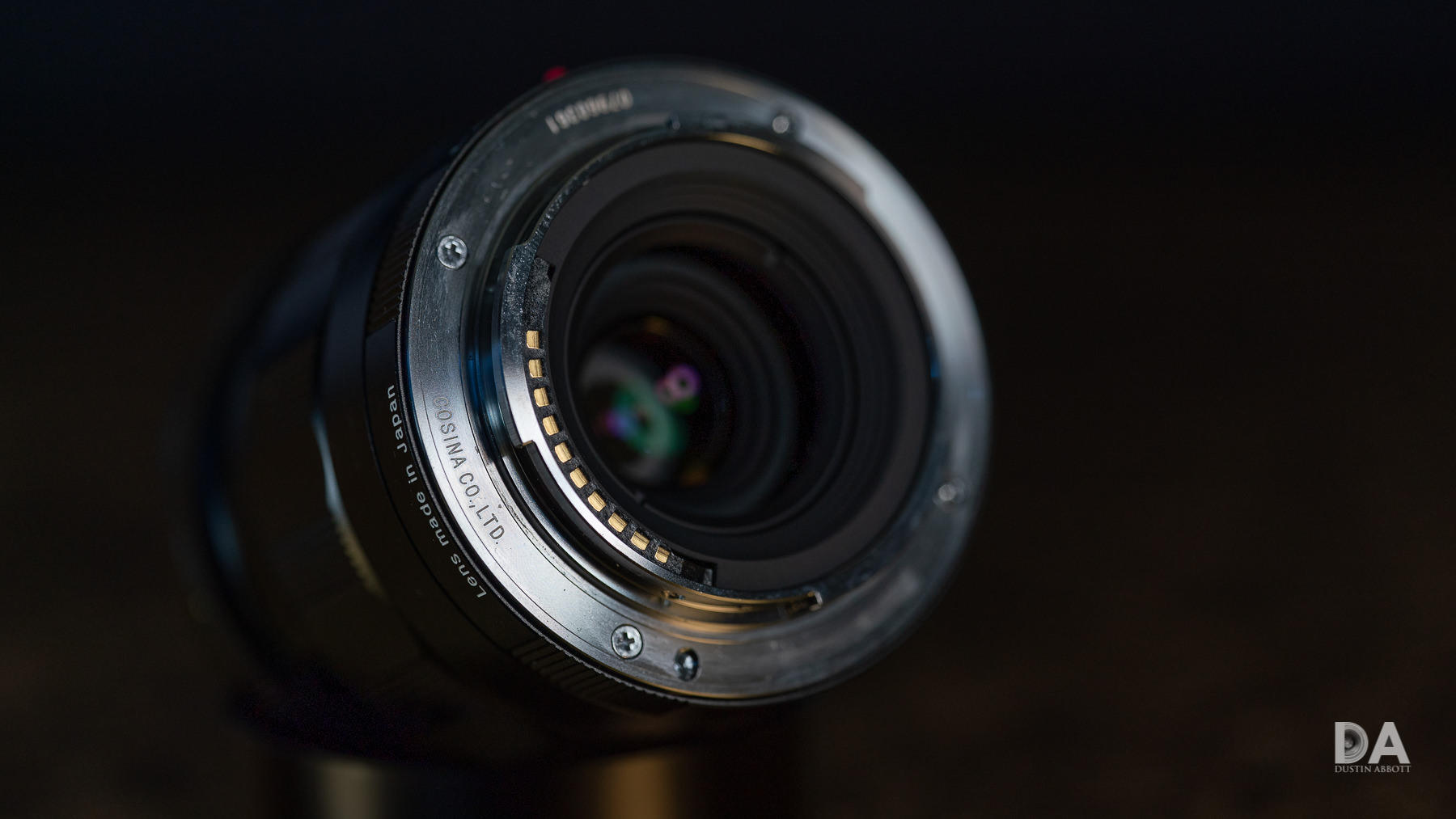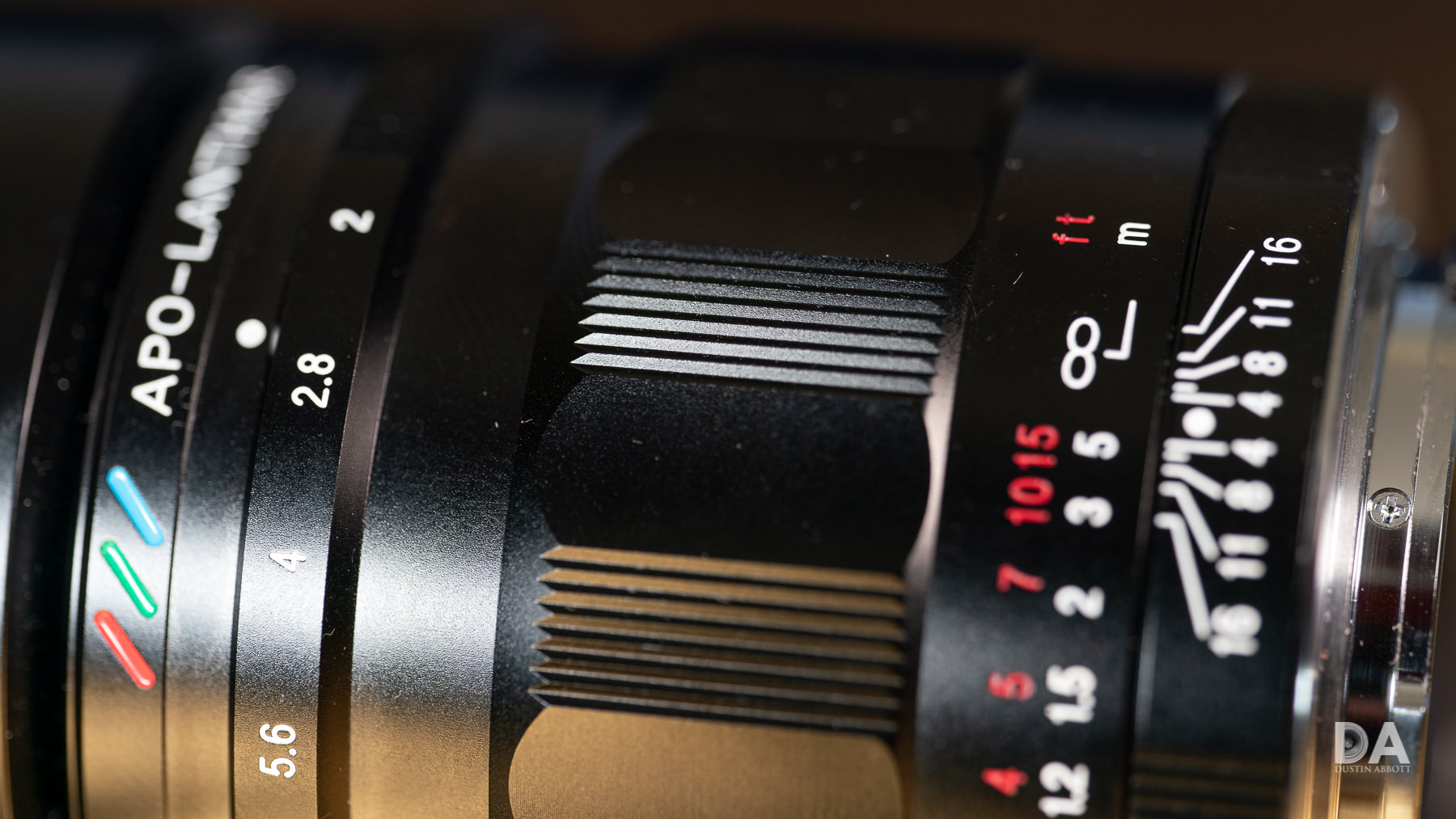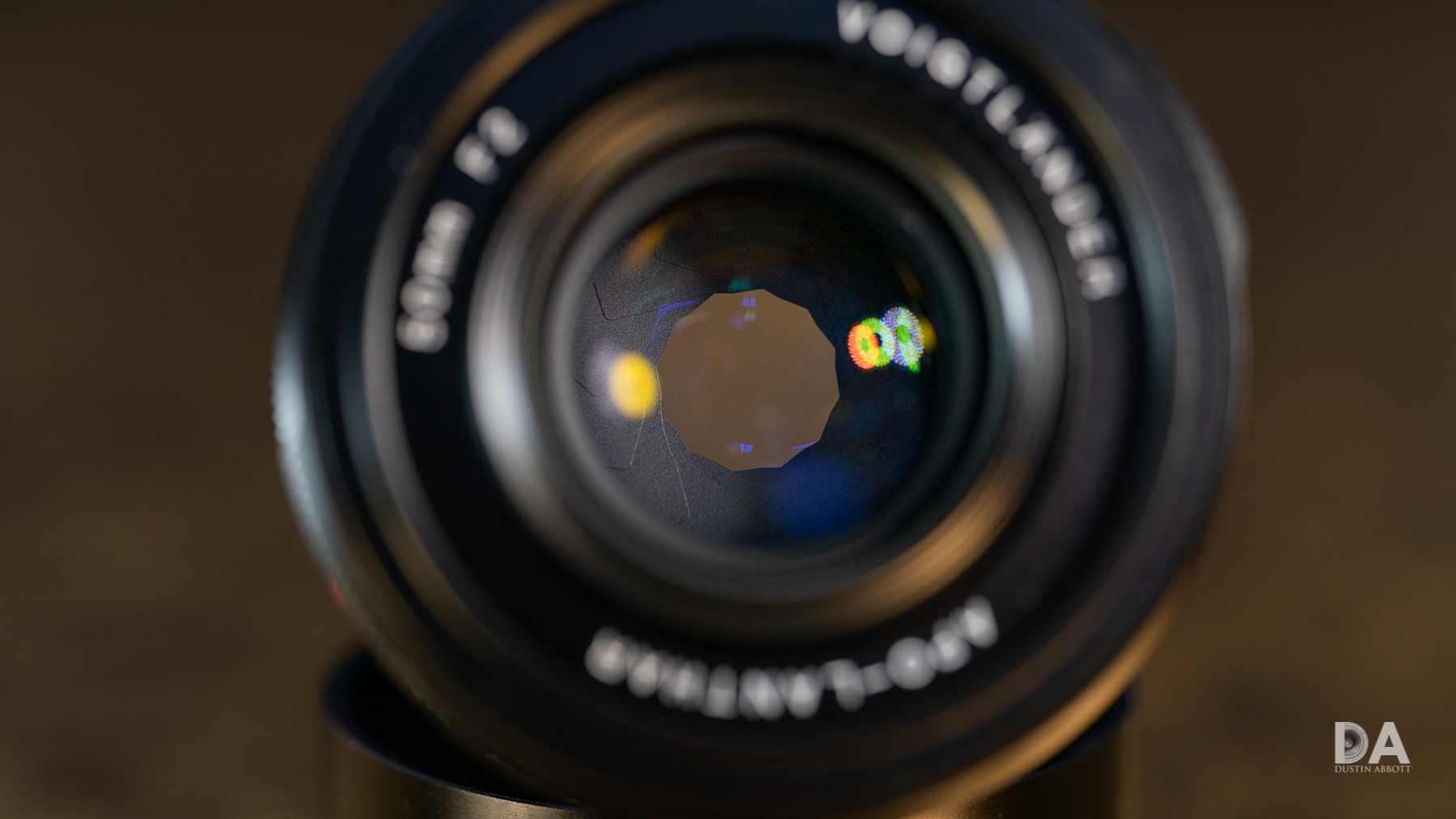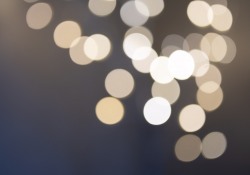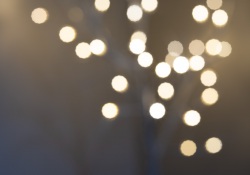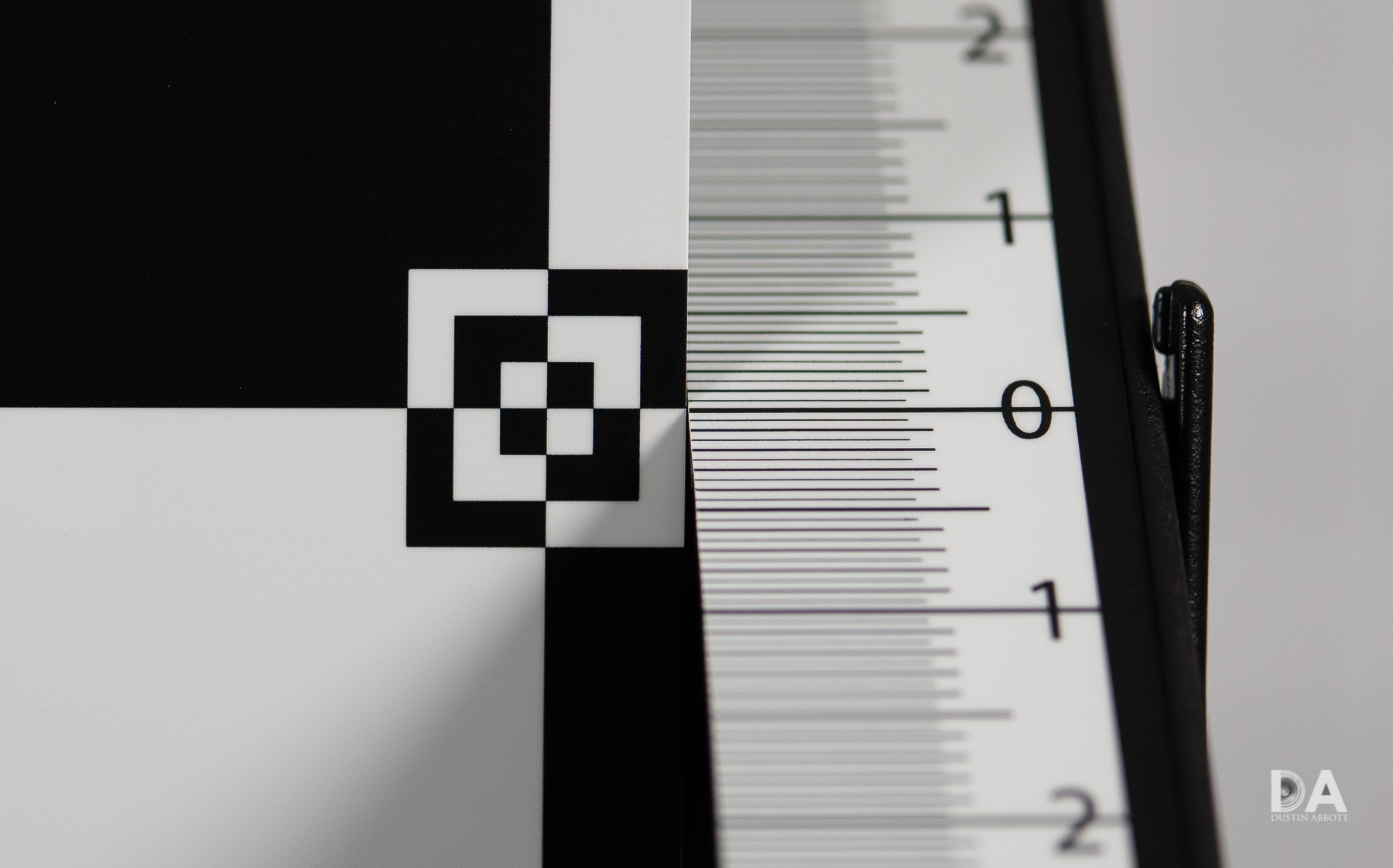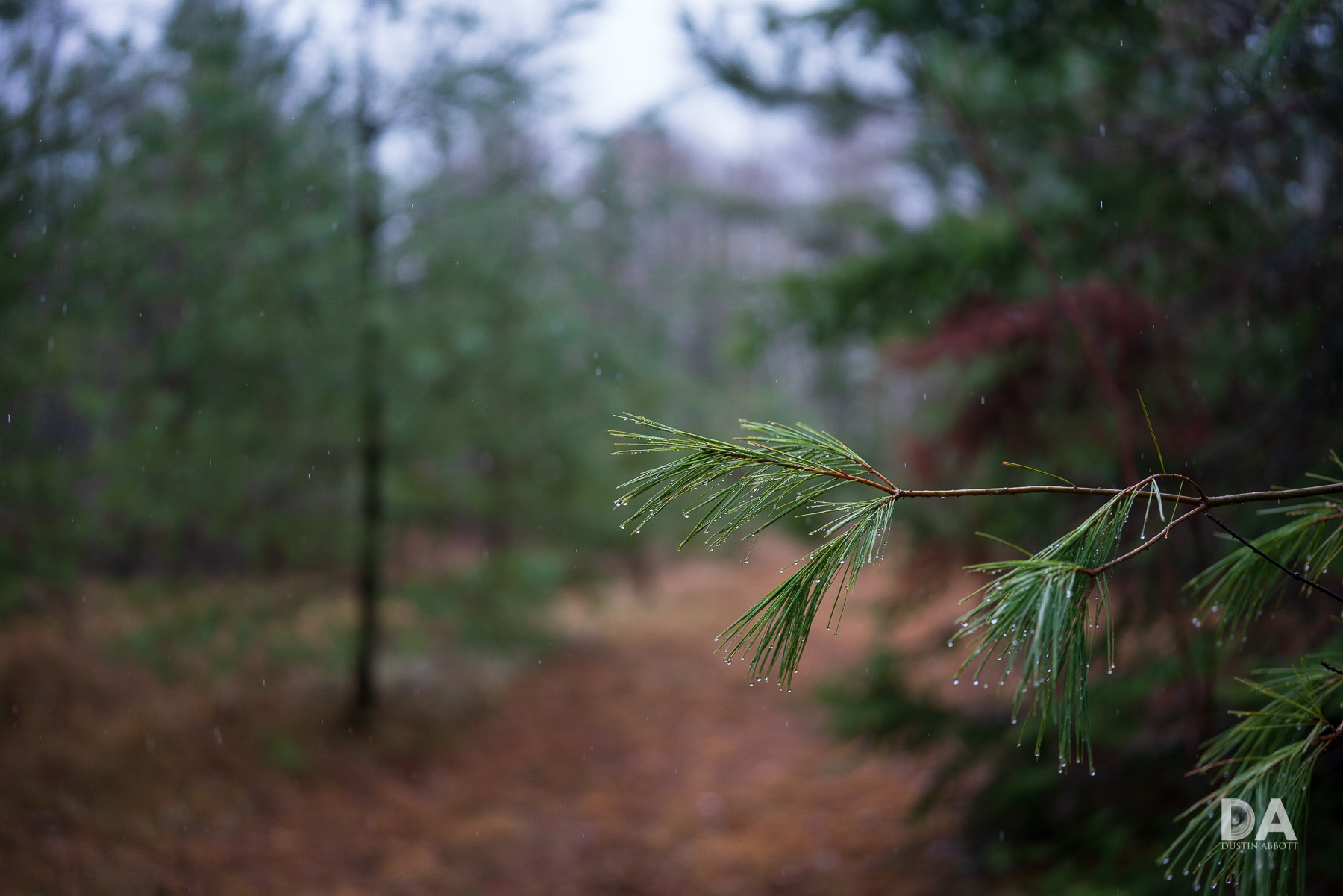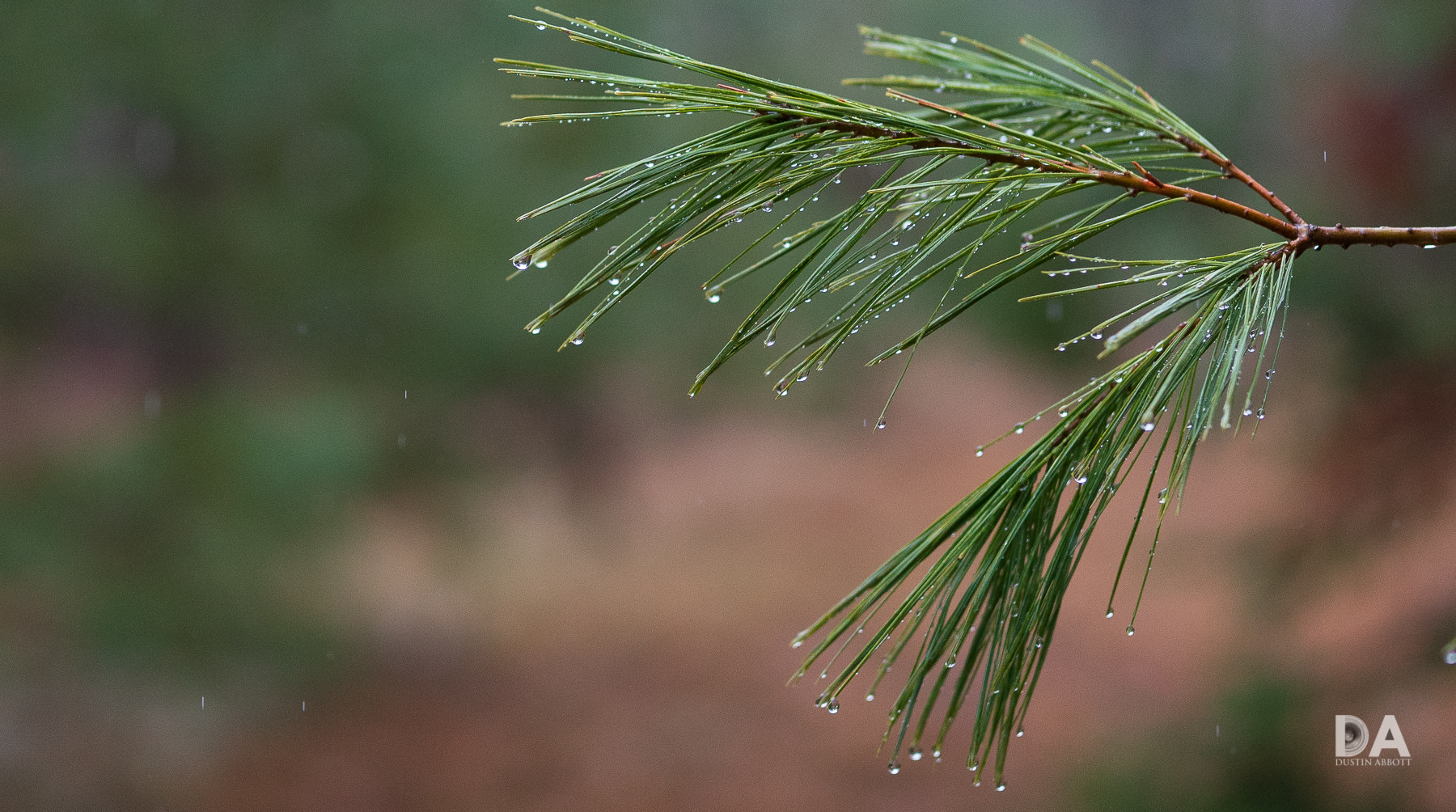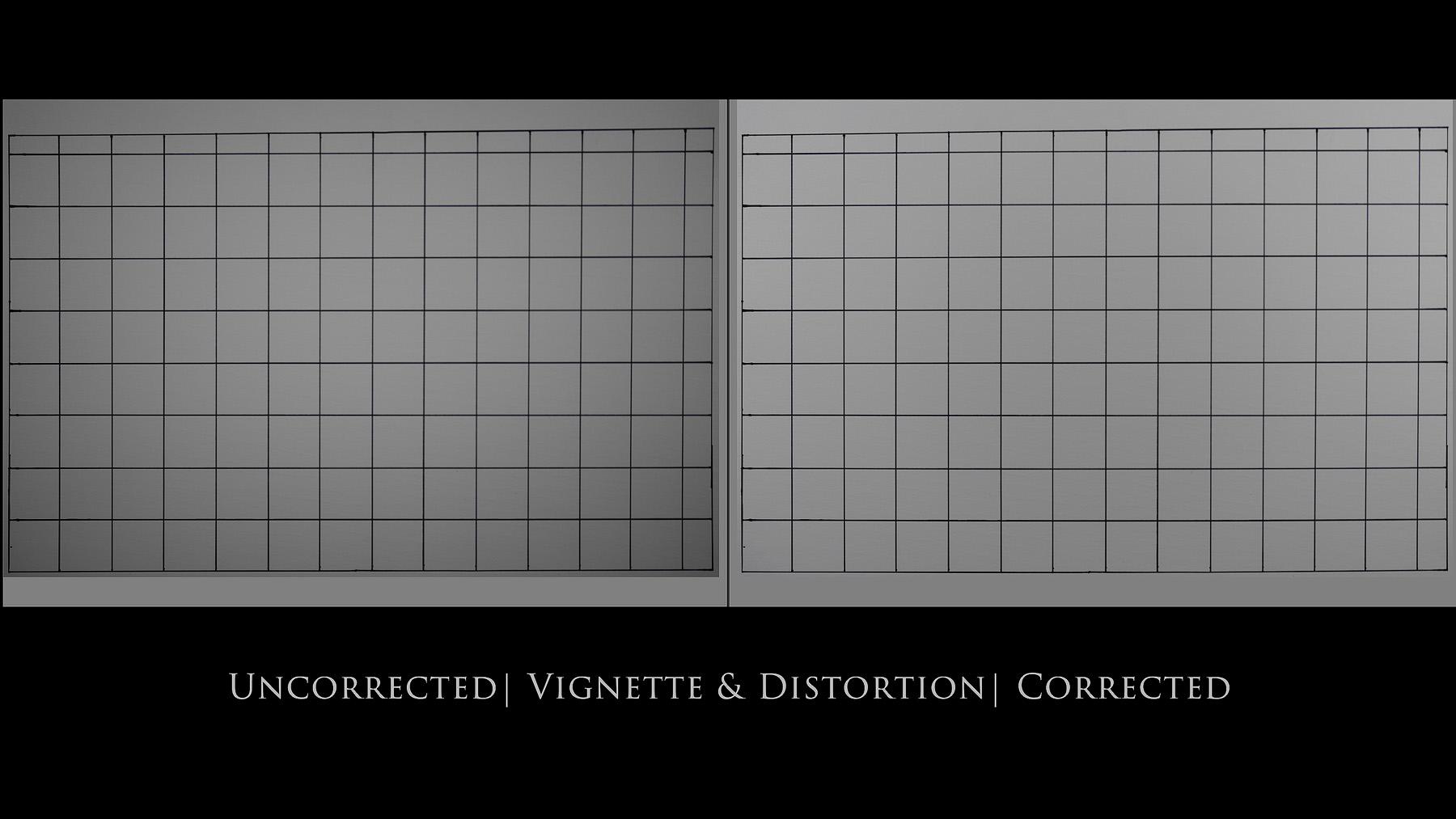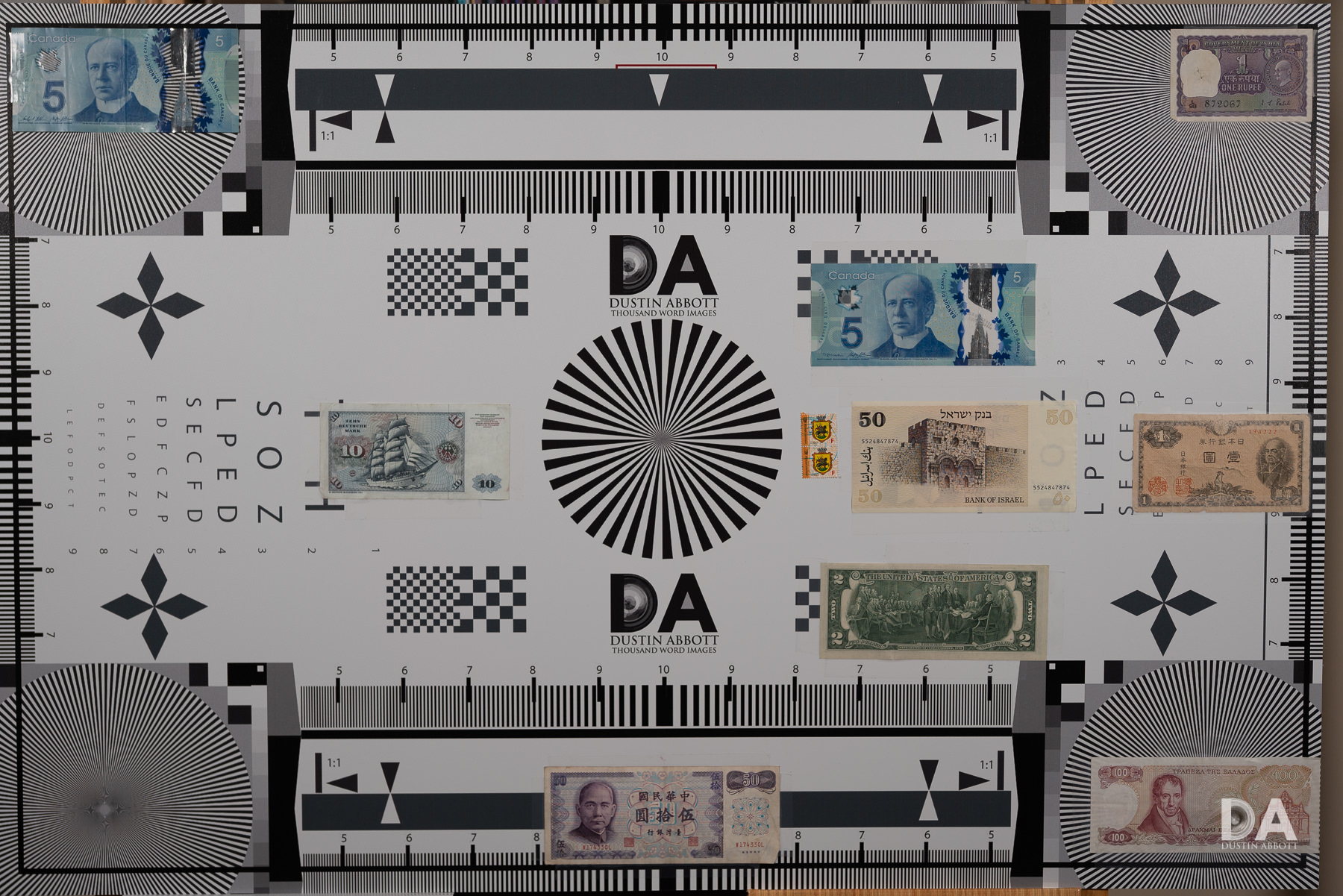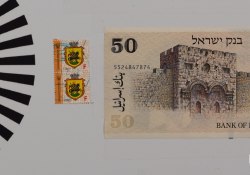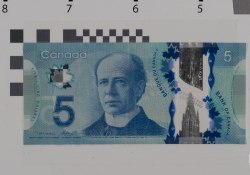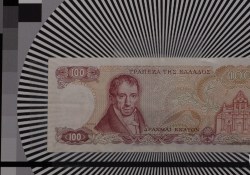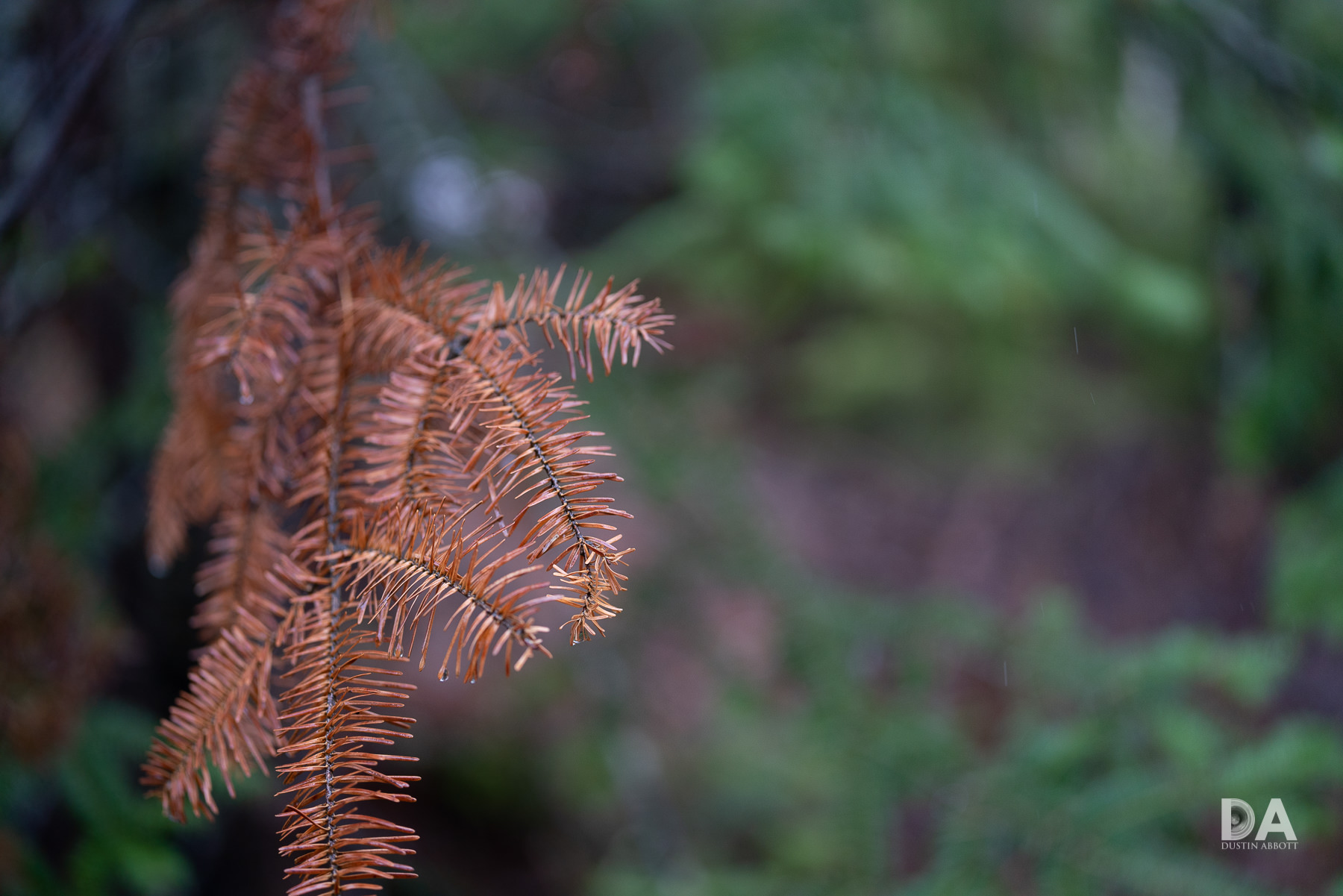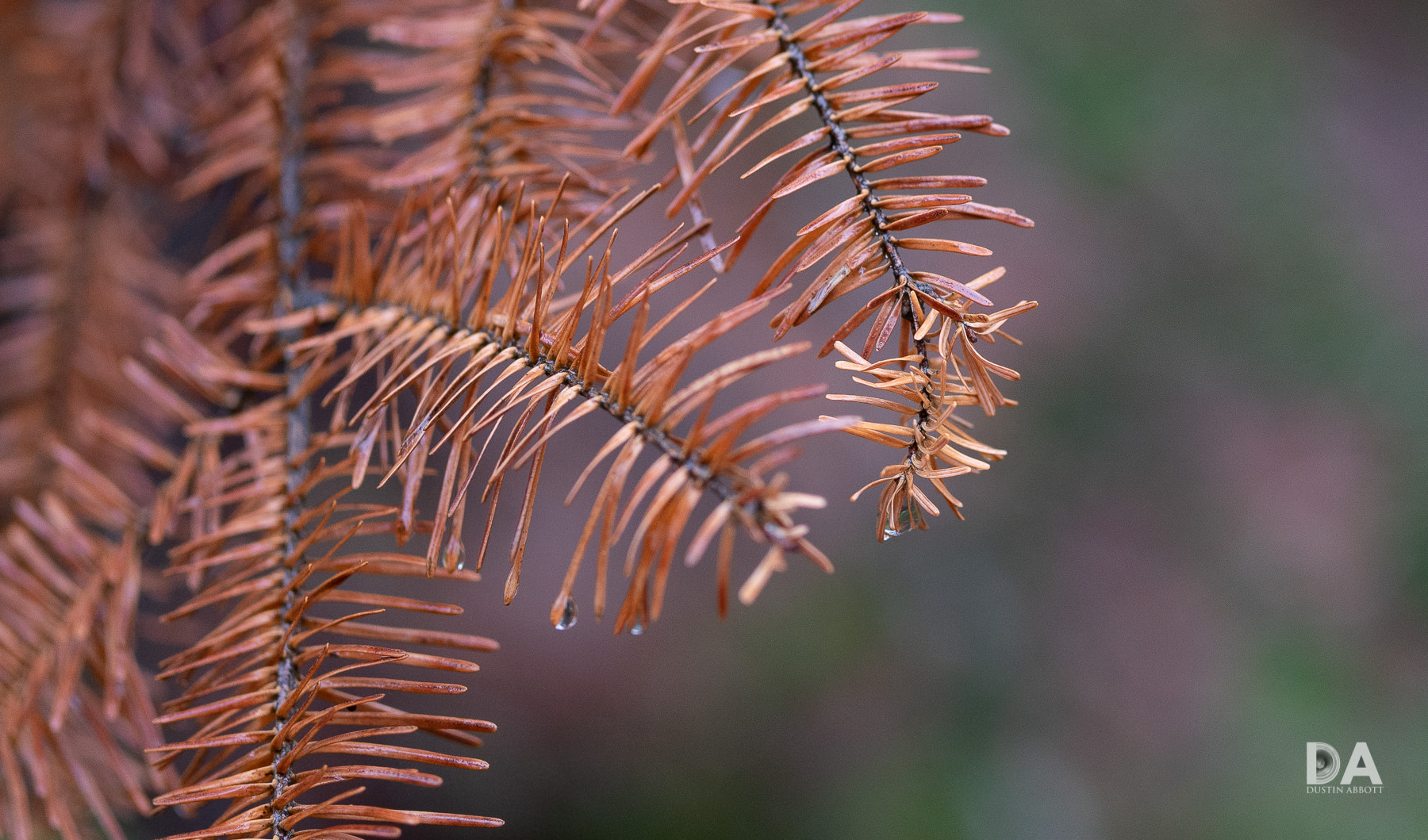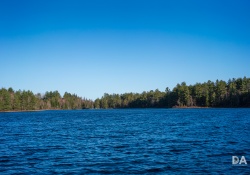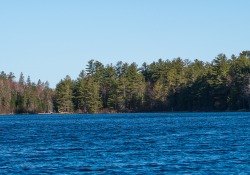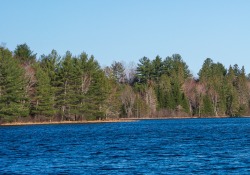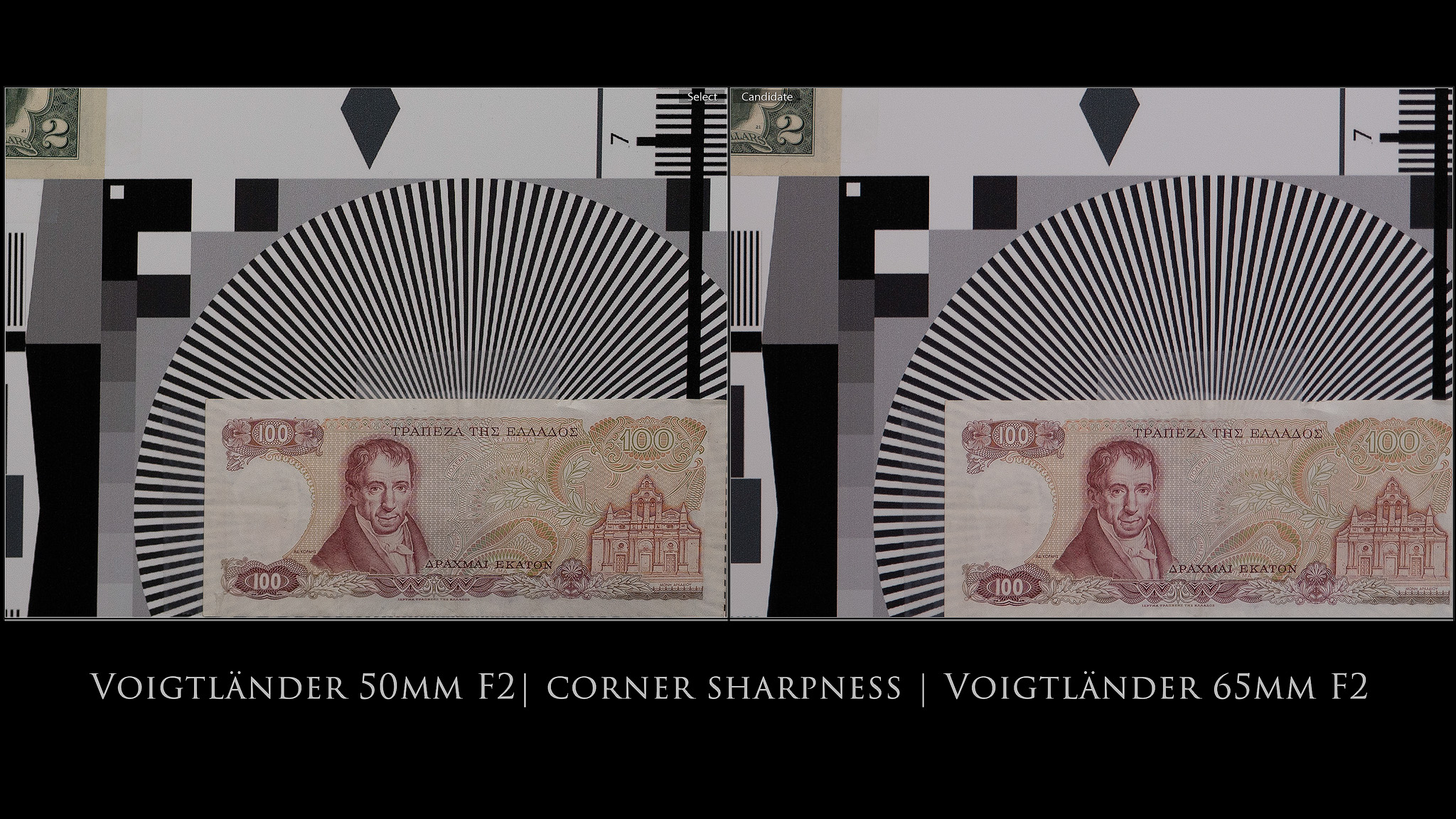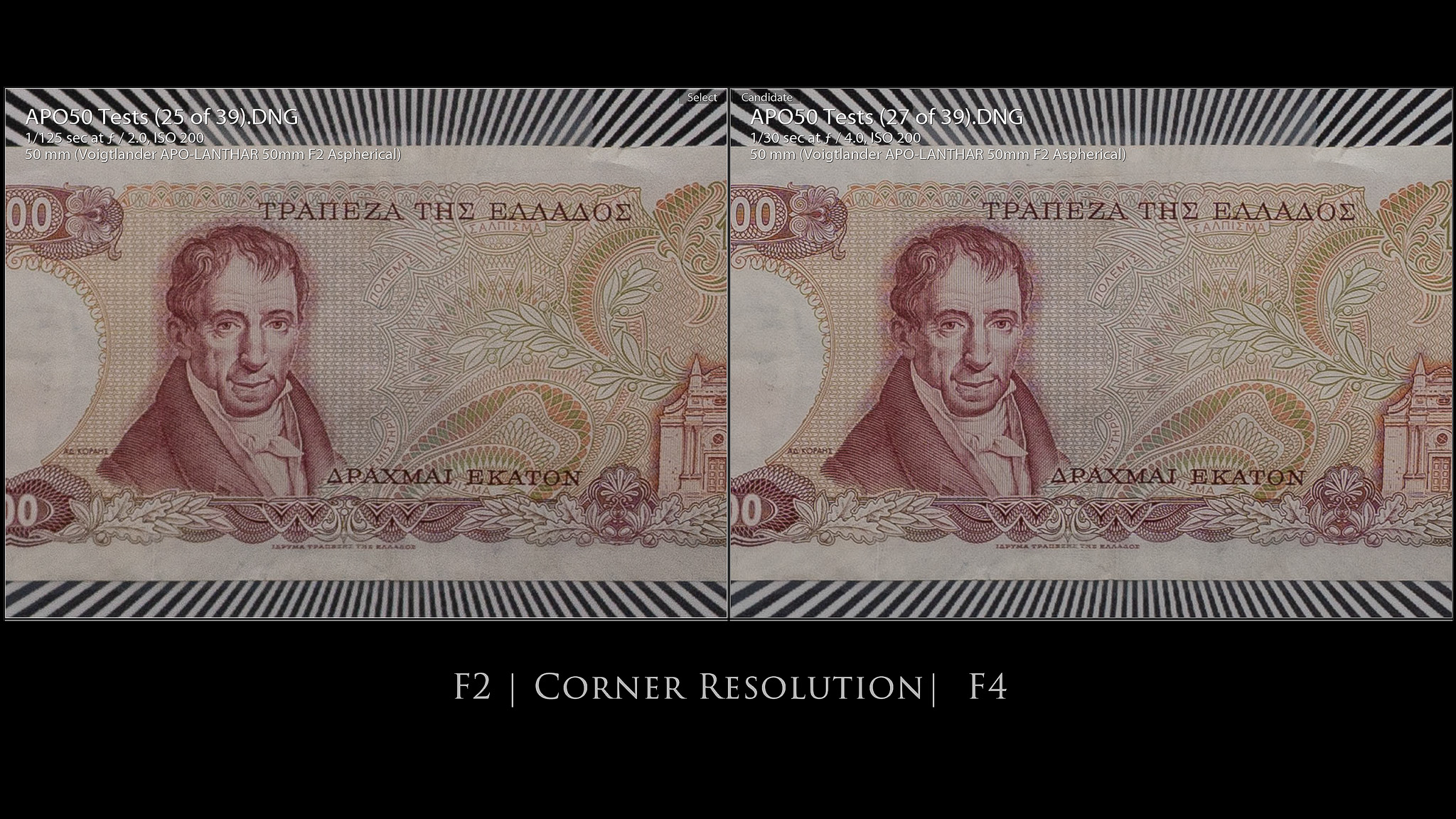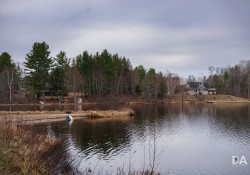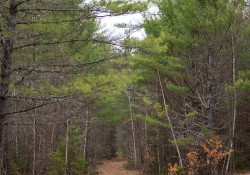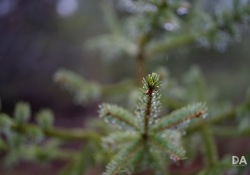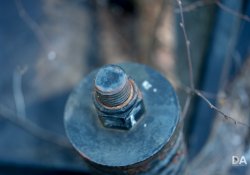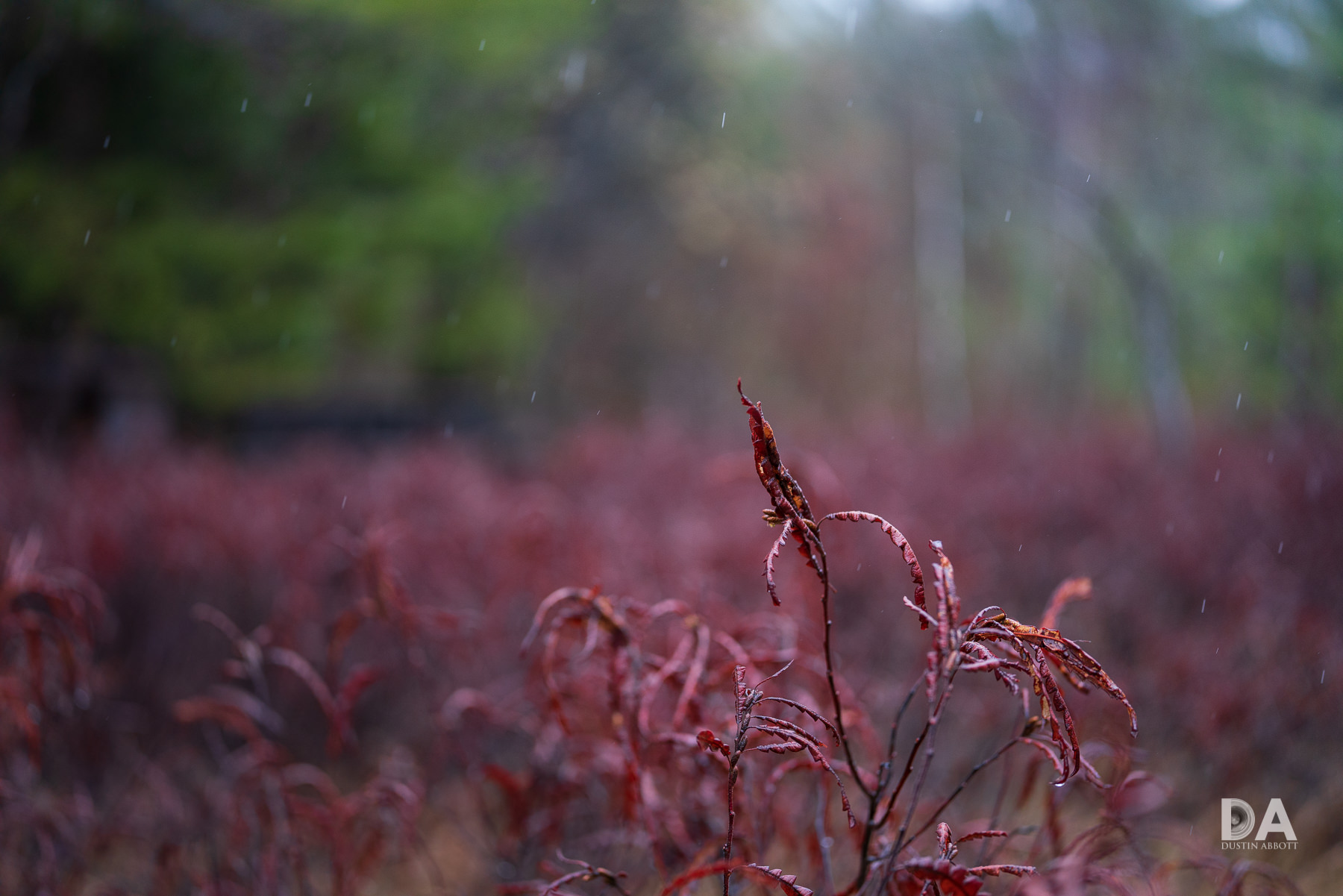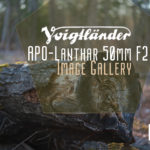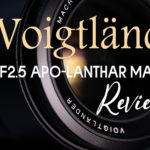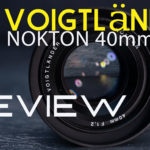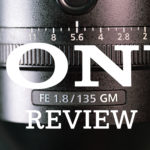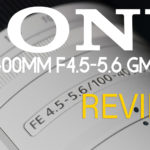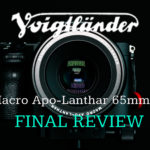After reviewing a few Voigtländer lenses earlier this year (110mm Macro – review here and 40mm F1.2 – review here), I had a number of requests to cover the new Voigtländer APO-Lanthar 50mm F2 lens. I explained that Voigtländer reviews were limited due my not having extensive access to them, but one of my viewers (thanks, Adam) solved that by sending me his own copy of the lens to review. I’m very thankful for that, as many of you will be, I’m sure. While I think the audience for this high-priced, manual-focus-only lens will be relatively small, there are going to be some serious fans who love the beautiful color and excellent image quality from the APO50 (as I’ll refer to the lens for brevity). Let me note before going any further that yes, this lens is manual focus only, and also that it is designed solely for Sony FE (full frame mirrorless). That is likely cause for some of you to stop reading right there, but, if you have a more open mind, you might want to read on.
First, a note on manual focus in general. Whether or not the manual focus nature of the APO50 is a liability to you will depend chiefly on what you intend to do with the lens. There are those for whom manual focus is the only way to do photography, and who love the more organic process whereby focus is derived. This makes the whole process of photography more deliberate…more thoughtful. For others, of course, this is the primary liability. Manual focus is also very useful for some types of cinematography, as most mirrorless autofocus lenses have a “focus-by-wire” manual focus process that isn’t well suited to consistent focus throws and accuracy. A good manual focus lens like this one is always going to work better for that kind of application.
But there’s no question this lens has incredible optics and produces beautiful images (the lens helps turn the simple subject above into a bit of art!), so if you aren’t turned off already, read on and discover if the small but optically proud Voigtländer brand has your new lens.
Prefer to watch your reviews? I have both a standard length and more detailed “definitive” video review available:
Thanks again to Adam for the loaner of your lens! I’ll be reviewing the Voigtländer 110mm F2.5 Macro on my Sony a7RIII and Sony a9 bodies.
Follow Me @ Patreon | My Newsletter | Instagram | Facebook | Twitter | Flickr | 500px
Voigtländer APO50 Build and Handling
Voigtländer is actually the oldest continually operating camera company in the world, and there is a classic charm to their lenses. They are very, very similar to what is now called the “Classic” Zeiss series, in that construction is all metal and glass. The lenses themselves are beautiful, with a satin, anodized finish that is sleek and premium in all the right ways.
One of the most controversial aspects (at least for purists) of the newer Zeiss lenses is that they have transitioned from a knurled metal focus ring to a rubberized surface on the focus rings. Some users have reported wear-related issues with this (I haven’t seen them myself) whereas the metal focus rings last for decades (I’m still using some vintage lenses that 50+ years old). The APO50 follows the Classic pattern, with a knurled metal focus ring that looks great, has excellent grip, and moves with beautifully damped, creamy smoothness. This is manual focus done right. I’ve yet to use a Voigtländer lens (I’ve owned or used six now) that didn’t focus beautifully, and the APO50M is no exception.
The lens has a nice focus throw distance of about 120mm, which is long enough for precision but short enough for fast focus changes. The lens extends about 15mm (half an inch) when focused to infinity, though the overall length stays very compact.
There are actually a surprising amount of premium manual focus options at or near this focal length, some of which come from Zeiss, though most are from Voigtländer themselves. Here’s a look at some of those options.
The most direct competition to the AP050 in terms of size and performance is the Zeiss Loxia 50mm F2. The two lenses are within a milometer or two in diameter and length, with the Voigtländer ever-so-slightly larger and heavier. At 61.3mm (2.41″) in length, however, the lens is very compact, and weighs only 364g (12.84oz) despite having a premium build quality.
Everything here is in metal, including the beautiful front facade and the filter threads, which are a diminutive 49mm in size. The lens looks great mounted on the camera!
I’m not a huge fan of Voigtländer lens hoods. While the hood itself is a matching metal and is beautifully made with with metal ridges inside to help stop light from bouncing around, the ergonomic execution of the hood leaves a lot to be desired. First of all, it is a screw-on rather than bayonet-style, so it will occupy the 49mm filter threads on front of the lens. The front of the hood is threaded, however, so you canon screw filters in on the front of the lens hood if you are using it. The fact that the lens hood threads on rather than bayoneting on also means that it cannot be reversed for storage. It is reasonably small, so most users will probably end up just leaving it on all the time, though that does add about 30% onto the length of this otherwise very short lens. I would love to see Voigtländer evolve in this design, as it is inconvenient in just about every attribute.
The working distance on the APO50 is a very standard 45cm (1.48′), a figure shared with both the Loxia and Voigtländer Nokton 50mm lenses. The APO50 manages a better magnification than either of those lenses with a 0.15x magnification figure, though no one will be fooled into thinking this is a macro lens!
On the plus side, however, performance at MFD is very good:
A look at the rear of the lens shows two things: 1) there is electronic contacts present and 2) there is no weather sealing gasket.
The first is good news, as it means several things. First of all, while there is a manual aperture ring, aperture changes are shown in camera, which helps you to know your aperture when looking through the viewfinder and also records that information in the EXIF data, which can help with sorting and knowing your settings later in post. It also means that information is automatically transmitted for correct stabilization settings for the SteadyShot in cameras so equipped. Finally, it also means that Focus Assist is enabled, meaning that when you begin to manually focus, the active focus area will be magnified, which is very useful for visually confirming focus.
The second thing is not so good of news, as the lack of a rear gasket points to the fact that the lens (like other Voigtländers) does not have any kind of weather resistance. This is a premium lens, and it has become common for premium lenses to be equipped with this. I wish it were present.
The aperture ring is located at the front of the lens, and, while narrow, occupies a good position where it is easy to grasp and rotate. It is a true aperture ring that will physically change the aperture even when the lens is disconnected from the camera. It moves precisely and with one-third stop aperture clicks.
A peak inside the lens with the lens stopped down a bit shows a higher than average number of aperture blades (12). Voigtländer’s blades are straight rather than curved, which results in both a positive and negative.
The negative is the straight aperture blades quickly begin to show in bokeh highlights, though I find the higher aperture blade count does help retain a more circular shape on this lens opposed to others with a lower blade count.
The upside to straight aperture blades, however, is that the sunstars are more nicely defined and occur at lower apertures than with circular blades. This is a beautiful sunburst effect for a 50mm lens!
This is a premium bit of kit with a beautifully engineered fit and finish. Despite being a light lens overall, it has that uniquely dense feeling I often get from Zeiss lenses that speaks of a lot of high grade metals and premium optical glass. The APO50 is a lens designed to last for decades and will strongly appeal to those who appreciate finely made things on a visceral level. It looks great on your camera!
Voigtländer APO50 Image Quality
You might have wondered why I’ve been emphasizing the APO in this review. It is because this is one of the two most important parts of the optical performance of this lens. APO is short for Apochromatic. A lens with an Apochromatic design has better correction of chromatic and spherical aberration than the much more common achromat lenses. Put simply, most lenses struggle with the fact that colors don’t always focus at the same distance, which results in green or purple (red) fringing due to the fact that those colors aren’t focusing on the same plane of focus. Whereas most lenses are corrected for two color wavelengths (typically red and blue), an apochromatic lens is able to bring three color wavelengths into focus on the same focus plane. This produces a near absence of chromatic aberrations and allows for higher contrast and a near absence of the veiling (lack of contrast) that produces “soft” images. True apochromatic lenses tend to be very sharp and very contrasty (it’s worth noting that all of the Zeiss Otus lenses are APO designs). They also are corrected for spherical aberrations on two wavelengths rather than one. Real world translation? Look at the complete lack of longitudinal chromatic aberrations either before or after the plane of focus in test:
Typically one would see some purple fringing before the plane of focus and green afterwards. What we instead see is a near-perfect correction of aberrations. This results in extremely good contrast and definition without any bleeding. Look how inky black the “0” is above. This has real-world ramifications, as it allows incredibly good contrast and “pop” to colors. This particular image really highlighted to me how that great glass can elevate something simple and make it special. Look at how gorgeous the clarity and color is on the crop:
That is near perfect, and you can see the gorgeous microcontrast if the textures and fine details. It also highlights the secondary strength of Voigtländer lenses in general, and that is that they (like Zeiss) have very, very special optical glass that produces stunningly good color. Every Voigtländer lens that I’ve used has consistently left me very pleased with the color rendition – it is both rich and accurate without ever bleeding into garishness.
A look at vignette and distortion shows that there is a very mild amount of pincushion distortion that shouldn’t be a negative factor (and is, in fact, a positive for portraiture). I corrected this with a small -2 amount in Lightroom). Vignette is fairly strong, however, requiring a +38 and sliding the midpoint all the way to the left. This shows that the vignette penetrates fairly deep into the frame, though a long, linear vignette profile works well for portraits in many situations. Correction can be had either in camera (JPEGs and Video) or in post (RAW/ARW files).
How about sharpness? Here’s a look at my test chart (I’m using a 42Mpx a7RIII for these tests):
What follows are crops from the center, mid-frame, and corner.
What we can see is that the AP50 is very sharp even at F2, with crisp resolution in the center, mid-frame, and corner. F2 is not a very large maximum aperture, but the lens compensates by delivering excellent levels of contrast and resolution across the frame from wide open. There’s really no need to stop the lens down to achieve higher contrast or resolution.
This bears out in real-world performance, with excellent sharpness and contrast at F2:
It’s true even out at infinity, where crops show that performance between the center and edge of the frame are very consistent even at F2.
Impressive! But how does this compare to the truly excellent APO-Lanthar 65mm F2?
The two lenses perform more similarly than differently, which means that the APO50 is an exceptionally sharp lens. I think across the frame I would still give a very slight edge to the 65mm, but it’s pretty close to splitting hairs.
There is minimal improvement from F2 to F2.8, but contrast and resolution does slightly improve by F4 and F5.6:
This becomes a lovely landscape lens at smaller apertures, delivering great amounts of detail and rich colors.
Often bokeh is the area that slightly suffers with APO lenses. A bit of chromatic aberrations (and spherical aberrations) produce less contrast, which results in softer defocused areas. APO lenses banish CA, which in term can produce more contrast in the defocused regions. Some lens makers do a good job with this, however, and produce lenses that can give amazing clarity but also quite nice bokeh (the Otus series comes to mind). I think that the APO50 is actually pretty close to that standard, actually, with very nice overall rendering of the defocused areas. Here’s a sampling at a variety of focus distances.
Pretty nice, in my mind. I think the bokeh probably rivals that of the Loxia 50mm F2 while having higher sharpness and contrast, too.
Another area of general strength is flare resistance, as I didn’t find much to concern me in any of the scenarios I shot in. Even video pans across the sun showed minimal ghosting (discolored blobs of color) or veiling (loss of contrast). It’s hard to picture anything negative in stills:
These attributes combine to make this a nice portrait lens as well, though it is harder to argue for manual focus lenses for portrait work specifically when Eye AF works so well with autofocus lenses on Sony bodies. If your photography style is more deliberate, however, and you love natural colors, then the AP50 could be a nice option for you.
All told, however, this lens has beautiful image quality, and seems very worth of the APO name. If you would like to see more photos from this beautiful lens, check out the image gallery here.
Conclusion
I’ve owned the outstanding Voigtländer APO-Lanthar 65mm F2 Macro for several years now, and it may be the greatest hindrance to the decision to purchase the otherwise excellent Voigtländer APO-Lanthar 50mm F2. I would call the APO50 an winner in a comparison with the similar Zeiss Loxia 50mm F2 due to having similar size and strengths but better sharpness and overall image quality. The Voigtländer 65mm is not as compact and weighs nearly twice as much, but it is still a fairly compact lens overall, and adds the extra versatility of the 1:2 macro performance and arguably even better image quality (and at a slightly lower price). There will be some for whom the 50mm focal length is a must, as others for whom the compact size is a priority, but it is a lens that should at least be considered as part of one’s deliberations. But there’s no question that the additional size and weight and difference in focal length WILL be a factor for others. It’s always good to have choices.
There’s no question that this is a strong lens optically. While it has a smaller maximum aperture than many 50mm lenses, it compensates by delivering awesome image quality from wide open on. Few lenses can match the rich, contrasty color that the APO50 delivers, which is deeply saturated without being garish. There is something about the optical glass that Cosina uses in either Zeiss or Voigtländer lenses that is rarely matched by other lensmakers. That’s definitely the case here, as the colors are just gorgeous.
At the end of the day, however, this is a very expensive lens for a manual-only 50mm lens with a relatively small maximum aperture. The market for such lenses is small, though there are those for whom a lens like this represents the true heart of photography. I find the price of $1050 USD a little more palatable when I look at the lens as a mini Zeiss Otus lens. It has a smaller maximum aperture, a much smaller form factor, and a much lower price, but delivers a lot of the same attributes of those lenses. There…that might take the sting out of that price!
Pros:
- Beautiful, premium design with exquisite materials
- Smooth, nicely damped focus ring
- Electronic communication simplifies manual operation
- Wonderfully compact and light despite a premium build
- Beautifully damped and precise focus ring
- Stunning, accurate colors
- Outstanding sharpness across the frame from wide open
- APO design practically eliminates CA
- Nice bokeh in most situations (bokeh circles the only weakness)
- Good flare resistance
Cons:
- Relatively small/slow maximum aperture
- Expensive
- No weather sealing
- Many will find no autofocus the primary con
Purchase the Voigtländer APO-Lanthar 50mm F2 @ B&H Photo | Amazon | Amazon Canada | Ebay
Sony a9 Camera: B&H Photo | Amazon | Amazon Canada | Amazon UK | Amazon Germany | Ebay
Sony a7RIV Camera: B&H Photo | Amazon | Amazon Canada | Amazon UK | Amazon Germany | Ebay
Sony a7R III Camera: B&H Photo | Amazon | Amazon.ca | Amazon UK | Ebay
Peak Design Slide Lite: Peak Design Store | B&H Photo | Amazon | Amazon Canada | Amazon UK
Peak Design Leash Strap: Peak Design Store | B&H Photo | Amazon | Amazon Canada | Amazon UK
BenQ SW271 4K Photo Editing Monitor – B&H Photo | Amazon | Amazon.ca | Amazon UK
Adobe Photoshop Creative Cloud 1-Year Subscription
Exposure Software X5 (Use Code “dustinabbott” to get 10% anything and everything)
Purchase your gear at:
B&H Photo | Amazon | Ebay | Make a donation via Paypal
Visit Dustin’s Amazon Storefront and see his favorite gear
Purchasing your gear through B&H and these links helps fund this website and keeps the articles coming. You can also make a donation here if you would like. Visit my Amazon page for some of my gear of choice! Thank you for your support.
Great News! I can now offer a 5% discount on all purchases at Amplis Foto, Canada’s Leading Photographic Supplier. Please enter discount code: AMPLIS52018DA in your cart. It is good for everything in your cart, and is stackable with other coupons, too! It will take 5% off your entire order! Proceeds go towards keeping this site going and providing you with new reviews!
Check me out on: My Patreon | Sign Up for My Newsletter | Instagram | Facebook | Twitter | Flickr | 500px | Google+ |
Use Code “DUSTINHDR” to get $10 off ($15 CDN) any Skylum product: Luminar, Aurora, or AirMagic
Keywords: Voigtlander, Voigtländer, APO-Lanthar, 50mm f2 Voigtlander 50mm Review, Voigtlander 50mm f2, Review, Dustin Abbott, Voigtlander 50mm f/2 Nokton, Voigtländer 50mm, Voigtländer 50, FE, Sony, a7R3, a7RIII, Sample Images, Video Test, YouTube, Comparison, Sharpness, Video, Zeiss, Sony a7RIII, Sony A7RIV, Sony a7R IV, Sony a9, Hands On, Video Test, Portrait, Video, Sharpness, Real World, Comparison


